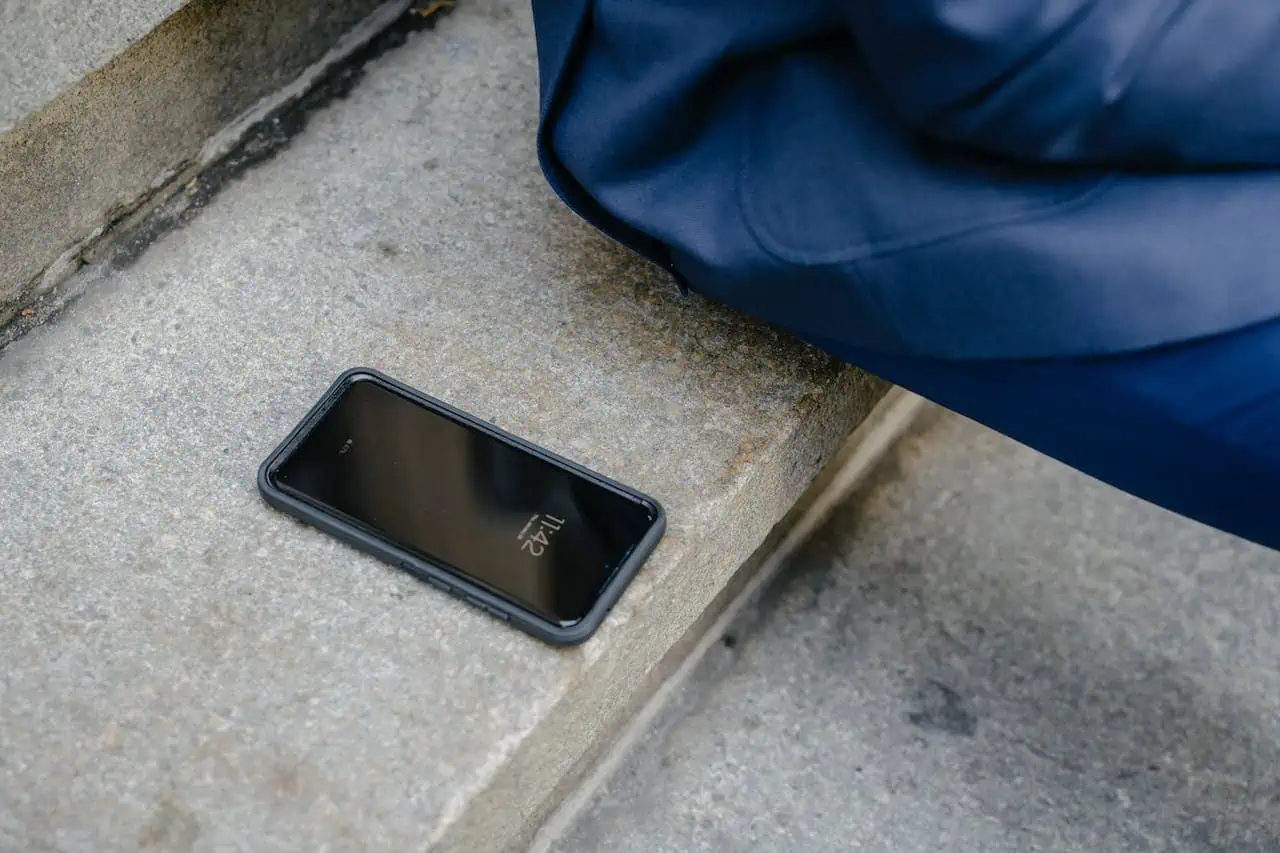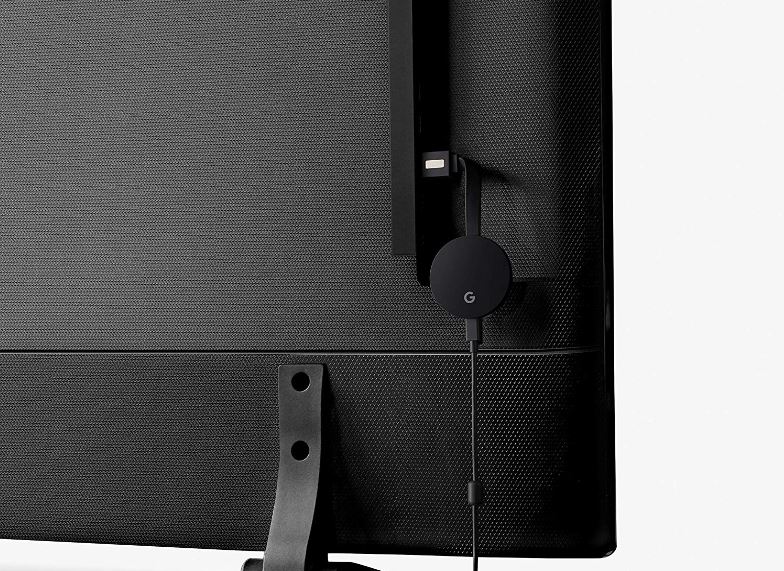How Many Cell Phones Are Lost Each Day: 9 Surprising Stats
7 min. read
Updated on
Read our disclosure page to find out how can you help MSPoweruser sustain the editorial team Read more

The exact number of how many cell phones are lost each day is tricky to calculate. These portable devices are the favorite target of thieves and are equally misplaced worldwide.
I gathered some of the most exciting smartphone theft statistics to get a clearer picture of what’s happening. So, let’s jump right in!
Surprising Facts About How Many Cell Phones Are Lost Each Day
Here’s what you have to know about lost cell phones:
- More than two-thirds of cell phones are stolen during daytime
- 45% of young people (18 – 24) lost their cell phone.
- More than 60% of lost cell phones were misplaced.
- 9 out of 10 victims of stolen phones will take action to recover it.
- 68% of cell phone theft victims would put themselves in danger to retrieve the device.
Who Loses Their Cell Phones the Most and Where Does It Happen?
Surprisingly, most devices are lost during the daytime! Let’s look at smartphone theft statistics together:
1. 249 phones are stolen each day in London.
(Source: Bbc.com / Metropolitan Police)
London Metropolitan Police announced that 90,864 phones were stolen in 2022 in the city. This means that every six minutes, a phone theft took place!
Although the owners are responsible for keeping their devices safe while outside, the London mayor has a different view. Together with the Metropolitan Police commissioner, they urged leading phone companies (Apple and Samsung) to do something about the issue.
The reason is that an astonishing 70% of all thefts in this city are related to phone devices. This raises the question about the violence and many other potential problems surrounding the issue.
Others disagree that making phone registrations more strict would help. It could also raise many false alarms as people who legitimately purchased their devices could be ‘flagged’ as thieves.
2. More than two-thirds of cell phones are stolen during the daytime.
(Source: Transition.fcc.gov)
When we speak about thefts and robberies, the first association is nighttime. However, most phone thefts happen in broad daylight!
40% of respondents stated that their device was stolen between 12 p.m. and 5 p.m. Furthermore, 29% claim their phone disappeared between 5 p.m. and 9 p.m.
Combined, it sums up to 69% of the total stolen phone cases.
This is likely due to the significant number of people rushing to complete their daily activities. So, keep a close eye on your phone next time you go downtown to get some chores done.
3. 45% of young people (18 – 24) lost their cell phones.
(Source: Statista.com)
Statista Research Department found a direct correlation between age and cell phone loss. The youngest group in this research (18 – 24) was most likely to lose their cell phone. On the other hand, the oldest one (65+) was least likely.
Here are the numbers:
- 45% – 18 to 24
- 37% – 25 to 34
- 30% – 35 to 44
- 30% – 45 to 54
- 26% – 55 to 64
- 20% – 65+.
Another interesting observation is that regardless of the age group, everyone can lose their phone. Depending on habits, favorite restaurants, means of transportation, and other factors, some of us will experience it more.
Most Lost Cell Phones Aren’t Even Stolen!
When we think about lost cell phones, the first thought is theft. However, the reality is much different…
4. More than 60% of lost cell phones were misplaced.
(Source: Preyproject.com)
Misplaced phones account for more than 60% of lost cell phones! This means that the owner wasn’t careful enough.
The reality is that a misplaced phone’s future depends on the place in which it was lost. If you leave it on a bench during the daytime in a park full of people, chances are you won’t find it there again.
Misplacing a phone in any public area leaves the founder to decide what to do with it.
Home invasions, pickpocketing, and robberies are next on the list of the most common causes. However, they don’t add up to half of the misplacements.
5. Half of the victims don’t notice their missing device within the first hour.
(Source: Preyproject.com)
The high number of people not noticing their phone is missing says a lot.
If you’re at your home or someplace you feel safe, you’re less likely to be concerned about your phone. On the other hand, if you’re out and actively using it, you’re more likely to notice it’s gone.
6. 40% of cell phones are lost at home or other private property.
(Source: Preyproject.com)
This is a genuinely surprising one! As mentioned before, we feel safe at home, so we aren’t on alert about protecting our phones.
The fact that 40% of cell phones are lost at home goes hand in hand with the fact that 60% of lost phones are misplaced.
However, if you were recently in a public place, office, or public transportation, you’ve more reasons to worry. Around 15% of lost phone cases happen in public places or streets and workplaces. More than 11% of cell phones are lost in public transportation.
What Happens with Phone Theft Victims?
Some of the most surprising smartphone theft statistics are related to the period after the device was stolen.
7. 9 out of 10 victims of stolen phones will take action to recover it.
(Source: Transition.fcc.gov)
Only 10% of people participating in the IDG Research did nothing when their phone was stolen. Even this low percentage is surprising, considering how much sensitive and valuable data we carry in our pockets.
50% of participants know this, and they would pay up to $500 to get their phone back.
Most people (60%) filed a police report and asked their mobile operator to deactivate their device. 43% of the respondents only filed the police report.
Furthermore, only 23% of people used phone-tracking apps to locate their devices.
If you successfully retrieve your phone, but somebody else used it, a good idea is to factory reset your iPhone or Android device.
8. 68% of theft victims would put themselves in danger to retrieve the device.
(Source: Transition.fcc.gov)
73% of participants stated that they felt anger after their phone was stolen. It doesn’t surprise that 68% of respondents said they would put themselves in a potentially dangerous situation to return it.
The genders are equally balanced here, with 66% of females and 72% of males claiming the same.
9. 76% of victims are likely to install apps to help them track their new phone.
(Source: Transition.fcc.gov)
Once they learn their lesson the hard way, three-quarters of victims are ready to take smart steps. Instead of hoping the situation won’t happen again, 76% install phone tracking apps.
70% noted they will inform themselves about the security features when purchasing the new device.
Moreover, 40% of victims said they didn’t know every cell phone has a unique IMEI number. Although this is a core security feature, consumers aren’t aware of its importance when blacklisting the device after a theft.
If you aren’t the victim, but you found an iPhone, this is how to unlock it.
Wrap Up
Determining the exact number of how many cell phones are lost each day is close to impossible. Data suggests that only in London a phone theft occurs every 6 minutes.
Research also debunks the myth that most robberies happen in the nighttime. Moreover, the younger the person is, the more likely they’ll lose their phone.
Finally, not all lost phones are stolen. Most lost phones are misplaced, in fact (more than 60%).
FAQs
What percent of lost phones are found?
32% of stolen phones are found and returned to the owner successfully.
What is the most stolen phone?
The most stolen phone is the iPhone, the best-selling smartphone on the market.
How many phones get stolen at school?
17.65% of all phone thefts happen at schools and universities, significantly contributing to the statistics about how many cell phones are lost each day.
Where do most stolen phones end up?
Most of the stolen phones end up in trading places like pawn shops. Thieves are usually looking for the fastest and the most convenient way to get rid of the device.
Sources:







User forum
0 messages